The 20 best guitarists of the decade
Guitar World’s readers and writers band together to pinpoint guitardom’s most vital players of the past 10 years
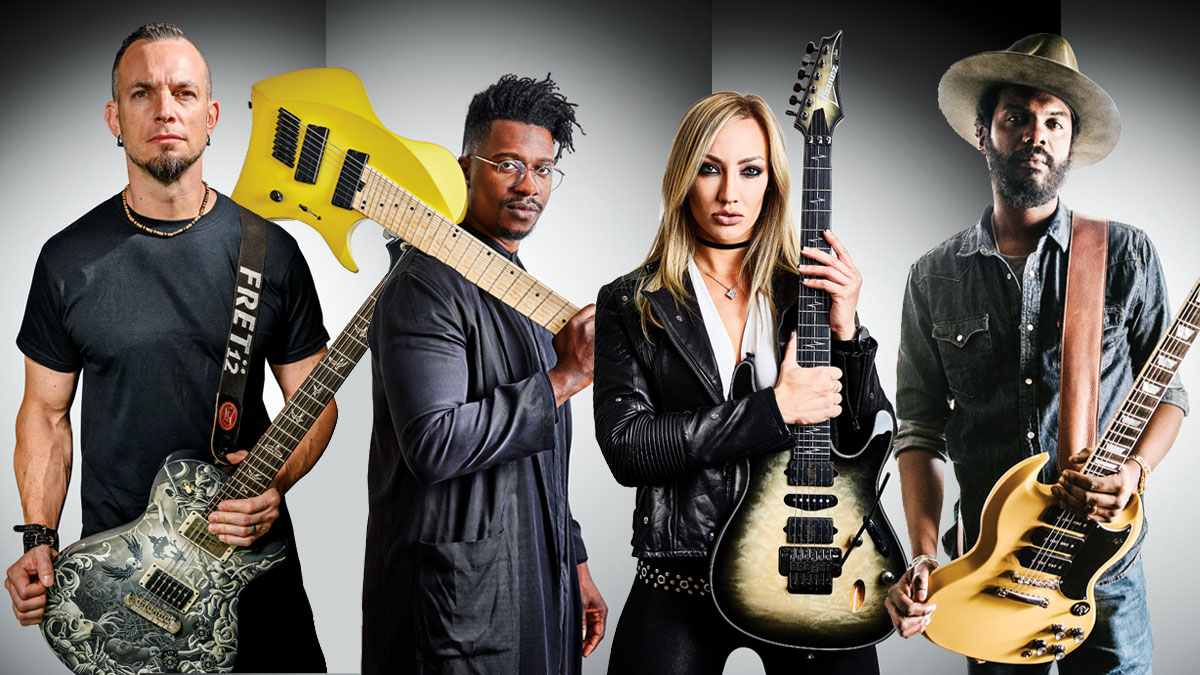
We know, we know - you’re sick of polls. And they’re all rigged anyway, right? Wrong! In fact, we take them pretty damn seriously, and, well, this one is particularly important. Maybe the most important GW poll ever. Because we’re not only poised at the end of another year, but also the end of a decade.
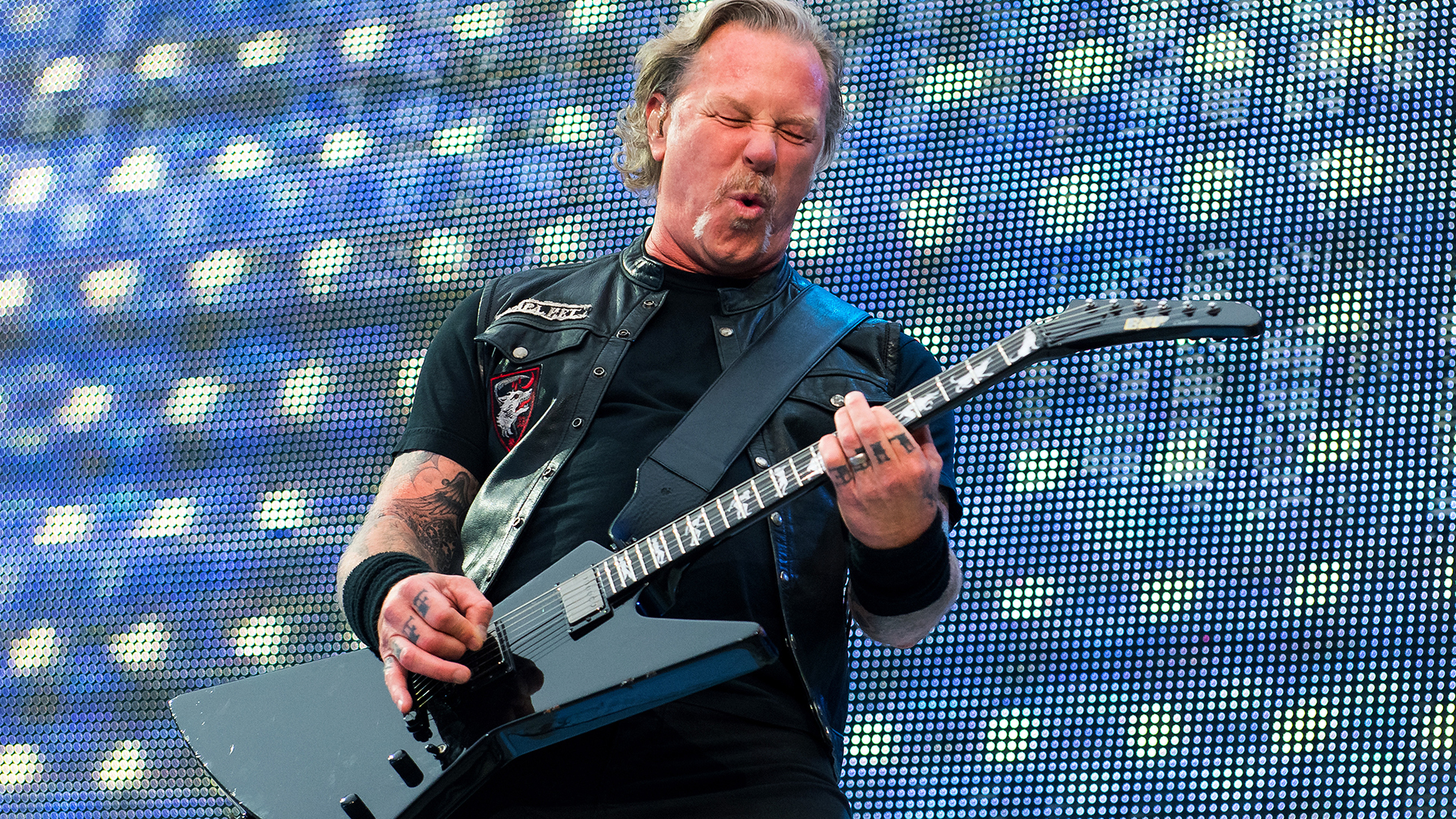
• The 20 best guitar albums of the decade
• The 20 best guitar riffs of the decade
• The 20 best guitar solos of the decade
With that in mind, GW put out the call to find out who you - our readers - consider the Guitarist of the Decade, and we received a lot of responses. Hundreds of them. Thousands of them. Tens of thousands of them. Dozens of thousands of them. Seriously. All told, it was nearly 50,000 votes!
Of course, we decided we wanted to weigh in as well, so we put together a panel of 30 trusted guitar folk, including the entire Guitar World editorial staff; editors from our sister music magazines, including Guitarist, Total Guitar, Metal Hammer and Classic Rock; plus a legion of GW contributors. And then we got to work!
What were we looking for? That’s where things get a little tricky - because the past decade was an era of major activity and advances in the six-string, seven-string, eight-string, and even 18-string (we’re lookin’ at you, Jared Dines) worlds.
A little over 10 years ago guitarists weren’t djenting or thumping (or, at least, they weren’t calling it that), and in terms of gear - especially that of the signature and modeling variety - the twenty-teens coughed up a motherload of incredible stuff.
We considered - and asked our readers to consider - players who have chops. But there were several other factors, including their influence on the next generation of guitarists, their overall impact on our guitar scene, their level of success, if they pushed the guitar farther - either via stretching the instrument’s boundaries or spreading “the gospel of guitar” to the uninitiated - not to mention their cultural relevance, visibility and more.
In the end, we wound up with a list - informed by your votes and ours - that’s bulging with avant-gardists, bluesheads, melodic pop-rockers, jammy improvisors, riff-lords, proggers and, of course, shredders. On that note, Guitar World presents our 20 guitarists of the decade.
Get The Pick Newsletter
All the latest guitar news, interviews, lessons, reviews, deals and more, direct to your inbox!
1. Mark Tremonti
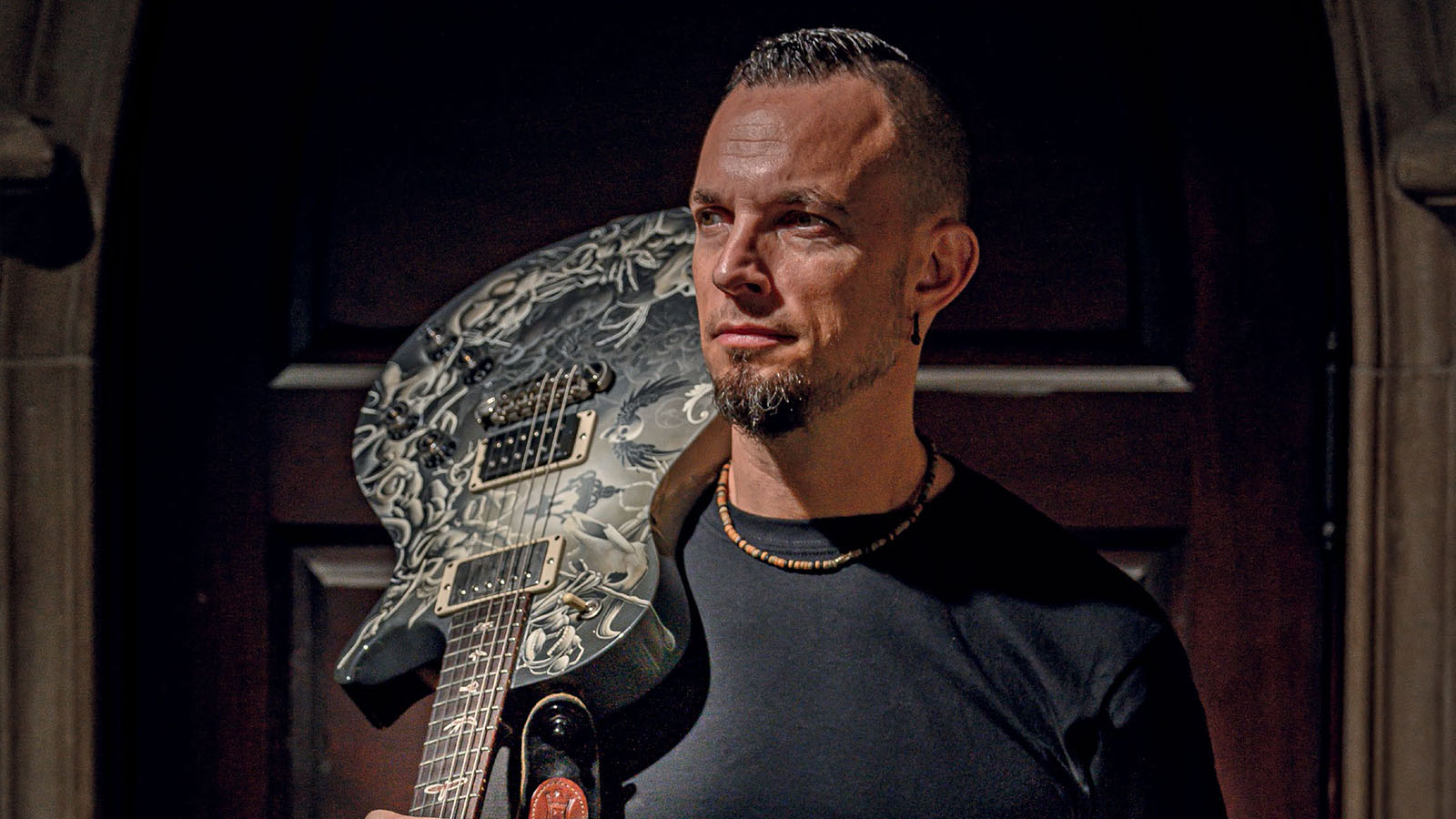
Mark Tremonti’s Track record as a songwriter is close to unmatched in modern heavy music - the Alter Bridge and Creed guitarist, who we’ll call Captain Riff, has sold more than 50 million records over his career.
But perhaps one of the worst-kept secrets in rock is that even while Tremonti, who wields a signature PRS SE guitar and MT 15 amp, is known for writing a heavy-hitting hard rock anthem or 10, this insanely prolific dude can seriously shred.
And if this isn’t immediately evident from his song-oriented output, it’s clear in everything else he does, from his onstage performances to his recorded work with his thrashy side band, Tremonti, to his mega-popular guitar clinics. “He’s a player who works at his craft tirelessly, and constantly listens and learns from others to enhance his own approach,” says Total Guitar’s Rob Laing.
Every time I’d have a bad day cooking or at the car wash, or wherever it was, I’d always say, ‘One day I’m going to get to play guitar for a living'
Mark Tremonti
Indeed, as Tremonti himself tells us, “I always put songwriting before my actual guitar playing. But I love guitar playing. The joy of tackling some new technique or style is something that never gets old. When you finally get it, it’s like a magic trick.”
And, as he mentioned 10 years ago, “It’s the only thing I ever cared about. I played soccer as a kid and really enjoyed it, but once I hit college I got sidetracked and just chased down music. I’ve always had odd jobs, and every time I’d have a bad day cooking or at the car wash, or wherever it was, I’d always say, ‘One day I’m going to get to play guitar for a living.'"
Above, we - in passing - called Tremonti “insanely prolific," but let’s actually take a minute here to consider his official studio releases of the past decade, starting with Alter Bridge’s AB III [2010], Fortress [2013], The Last Hero [2016] and Walk the Sky [2019]…
And moving right along to Tremonti’s All I Was [2012], Cauterize [2015], Dust [2016] and A Dying Machine [2018]. And that’s not even counting compilation albums, live discs and concert films. That’s almost as intense as putting out 13 issues of GW every year!
2. Tosin Abasi
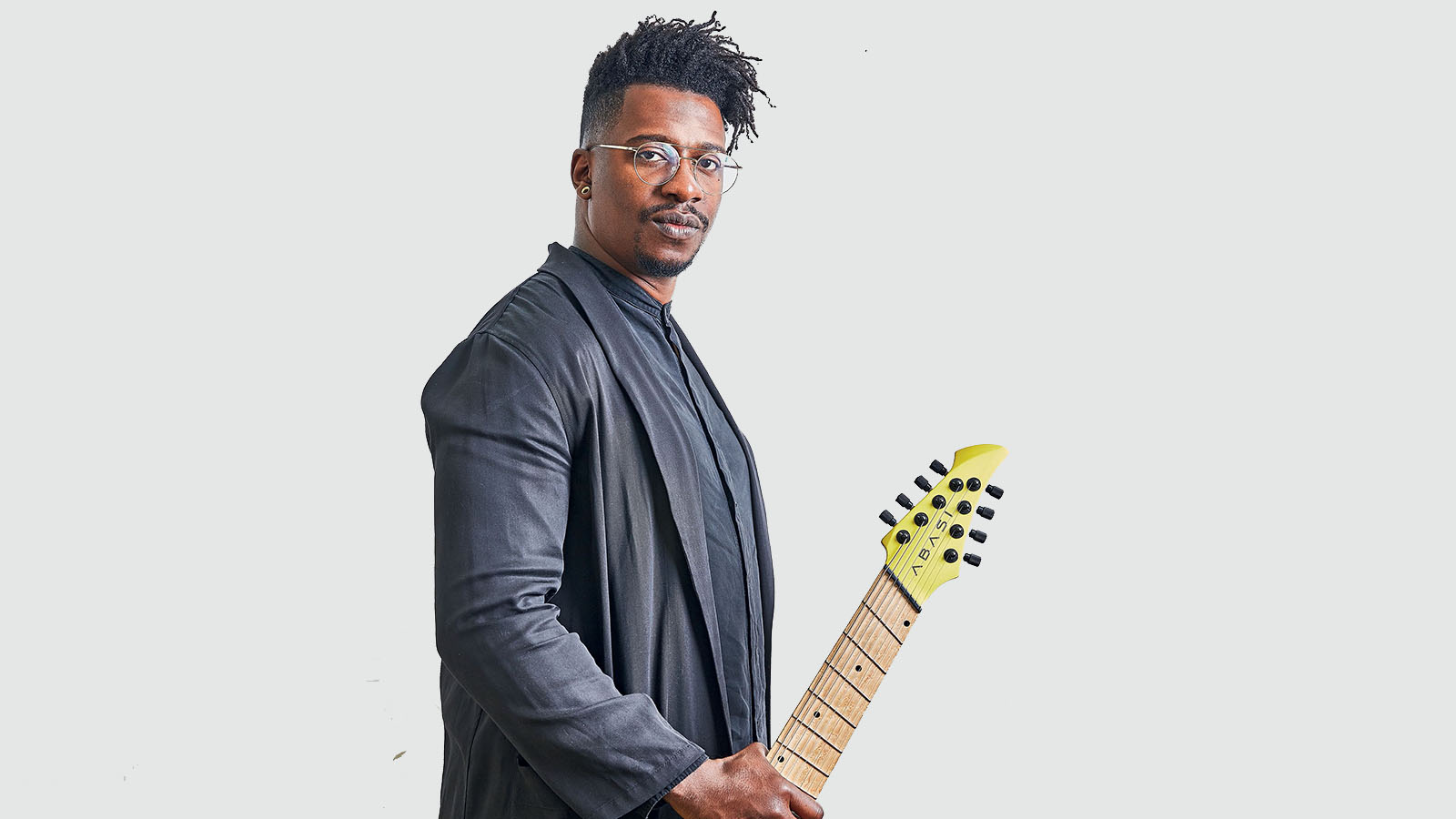
“There’s so much beauty in what I would call ‘foundational’ playing, like becoming a better blues guitarist,” Tosin Abasi tells Guitar World. “But then there’s another part of me that’s interested in that unique contribution that I can make to the instrument…”
Let it be said that since debuting with Animals as Leaders a decade ago, Abasi, the eight-string-playing extended ranger, has been making that unique contribution - and then some.
From tapping, sweeping, “thumping,” fingerpicking or just plain shredding on his custom eight-string, to creating high-minded prog-metal-funk-fusion-classical-electro-rock with AAL, to standing toe-to-toe with shred forebears like Steve Vai and Yngwie Malmsteen on the Generation Axe tour, Abasi consistently carves out a singular space in the guitar realm.
There’s this revelation that if you put work into something you can’t do at first, eventually you can do it. The first time that happens it kind of becomes an addiction.
Tosin Abasi
He takes everything we think we know and understand about the instrument (including, with his gear company Abasi Concepts, the instrument itself ) and twists it into something dizzyingly new. “I love advanced technique, but my approach is to use those techniques in new contexts,” he says. Former GW editor-in-chief Brad Tolinski adds , “For dexterity, originality and innovation, nobody comes close.”
All of the above makes it not very surprising that Abasi is known for spending a lot of time practicing. Back in 2012, when we semi-jokingly asked him if/why he practiced 15 hours a day, he - very memorably - replied, “Yes, for the same reason Steve [Vai] describes, which is really crazy.
"What happens is there’s this revelation that if you put in work on something you can’t do at first, eventually you can do it. And the first time that happens it is kind of like an addiction. You want it to happen again. And the more it happens, the more you’re confident that it can happen. So you start chasing your potential.
"You realize, yeah, eventually I might get as good as I try to get. It feeds itself. So it’s not like you’re locked in a room practicing under obligation. You’re concerned with your potential. You’re like, I’m full of potential and I’ve already started to unlock it. And I could spend the rest of my life doing it.”
3. Gary Clark Jr.
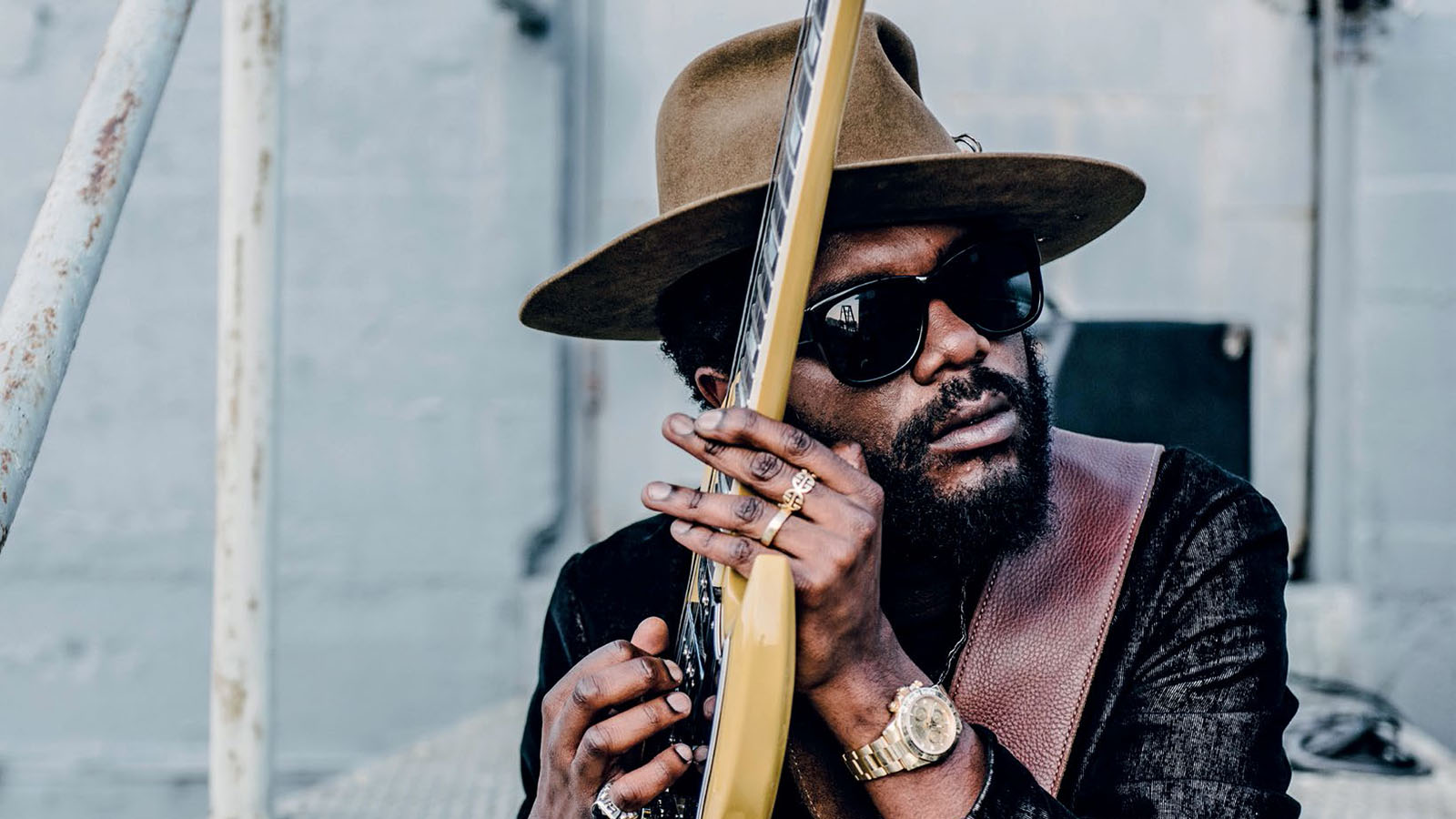
Gary Clark Jr. emerged on the scene with a breakout performance at the 2010 Crossroads Guitar Festival, and ever since he’s been hailed as the new face of the blues.
But, he tells GW, “Once you start talking about this 'blues’ thing, people think, old guy with a straw in his mouth sitting on a porch and picking," which is most definitely not Clark.
He might have an old bluesman living somewhere within him - he honed his chops on the Austin blues circuit, and there’s also the fact that almost immediately upon his mainstream emergence he was being lauded as the successor to Clapton, Hendrix, SRV and other legends - but there’s a lot more to the 35-year-old guitarist: Call him Mr. Everything.
The guitar is an instrument you can do anything on, so why would I stay in one place if there are so many options?
Gary Clark Jr.
Indeed, Clark fuses traditional blues, r&b, soul, rock, hip-hop, funk, reggae and more in his music, and imbues it all with the sort of incendiary, hot-wire (and often heavily fuzz-toned) playing that can stop a listener dead in his tracks.
He’s made fans of Clapton, Billy Gibbons, Keith Richards and even former president Barack Obama, and has collaborated with everyone from Alicia Keys to Childish Gambino to the Foo Fighters (whose Pat Smear turned him onto one of his main axes, a ’61 Gibson Les Paul SG Standard Reissue).
And whether on record, onstage, or cutting heads next to Clapton, Gibbons, Buddy Guy or Jeff Beck, Clark always manages to not only shine - but also surprise.
“The guitar is an instrument you can do anything on, so why would I stay in one place if there are so many options?” Clark says. “I think Van Halen is one of the greatest of all time. I love Eric Johnson and Steve Vai and Django Reinhardt. I want to be able to play like all those guys and do all those things. I’m into all of it and I do all of it.”
4. Nita Strauss

Far be it to say that anyone can upstage Alice Cooper on his own stage, but the shock-rock legend may have met his match in current guitar foil Nita Strauss, whose ability to tear it up on the fretboard is matched only by her consummate showmanship and unabashed love of performing - she’s the Flash, in every stylistic sense of the word.
She’s a proud disciple of instrumental shred monsters like Vai and Satch (like both of them, she too has a signature Ibanez, the JIVA10 - the first for a female - and a signature DiMarzio pickup, the Pandemonium) and telegraphs that love of the form through everything she does, be it her 2018 rollercoaster of an instrumental solo debut, Controlled Chaos, or the clinics and workshops she conducts to jam-packed audiences all over the world in between tour dates.
Indeed, in Strauss’ very capable hands, shred has become cool and fun for the first time since maybe its Eighties heyday.
“I love guitar the way some people love birthday cake or fast cars,” she says. “And if I can pass that enthusiasm on to the sometimes jaded guitar community, that makes me really happy.”
“That girl is going to have a long career,” Cooper told us as part of our Holiday 2018 cover story. “She’s got a great personality, and has a lot of pride in her work without all the ego. I always tell my people, Look, ego is great onstage. I want you to have all the ego in the world onstage, because that’s what the audience wants.
They want to see a great performer. But offstage, I don’t want to see any of that nonsense. Ego doesn’t work offstage, it works onstage. Nita is an incredible guitarist and a solid person.”
5. John Petrucci
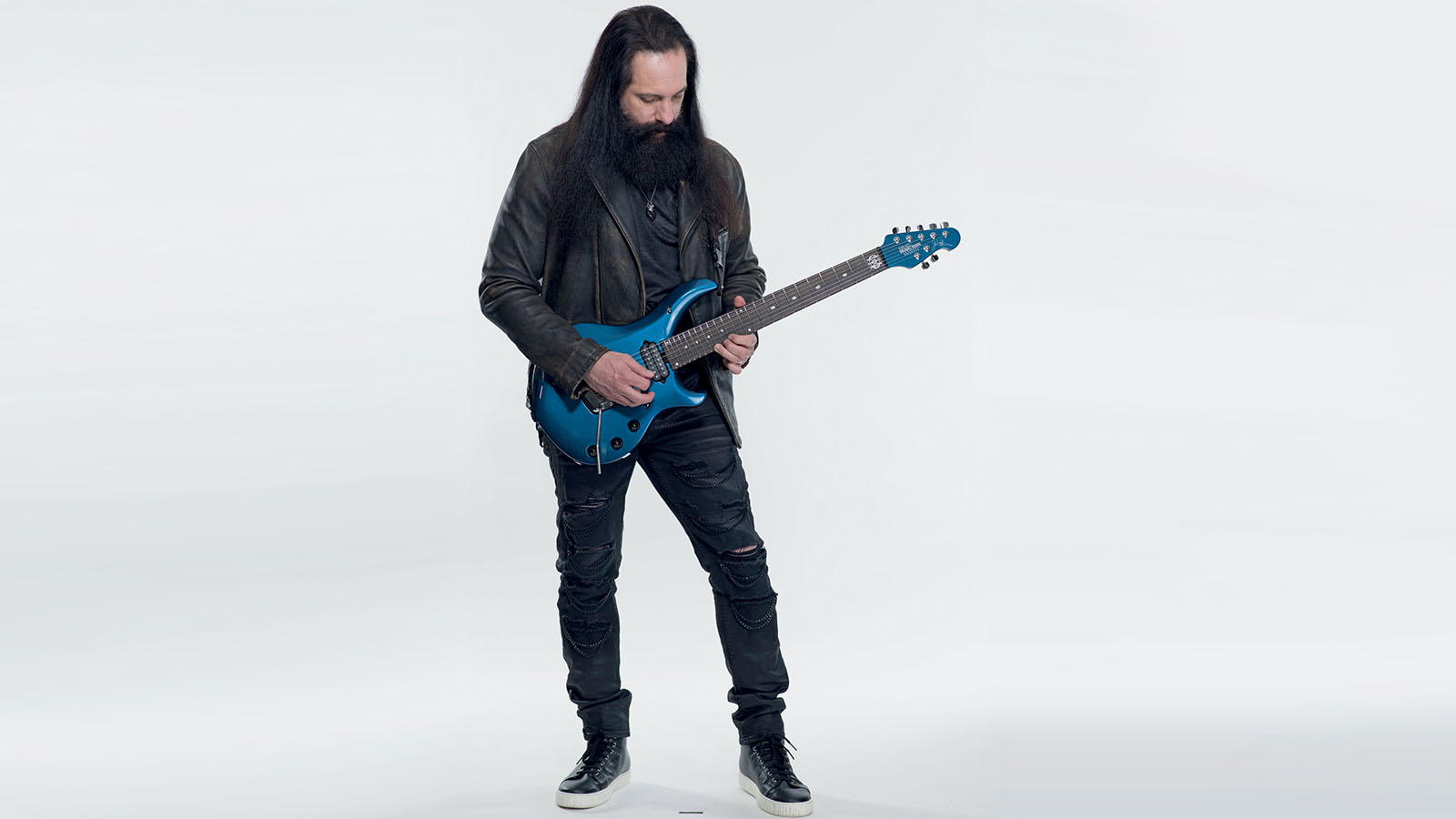
For going on three decades now, John Petrucci has been “the most celebrated and popular guitarist in the world of progressive metal,” in the words of GW senior music editor Jimmy Brown. And he didn’t show any signs of letting up over this most recent decade.
He’s still arguably the most versatile and proficient player in his realm, with a highly developed melodic sense and an alternate picking technique that is virtually untouchable as far as speed and precision.
And he continues to be a gear trailblazer, developing new amps, pickups, pedals and other accessories and consistently updating his Ernie Ball Music Man guitar, which was recently cited in Forbes as being the best-selling signature model behind the Les Paul.
As for what fuels him? “It comes from a very humble place where you’re just trying to do things that makes sense to you,” Petrucci tells GW. “I’m just a student of the guitar. There’s still that sense of wonder, and that’s what keeps it fresh.”
6. Joe Bonamassa
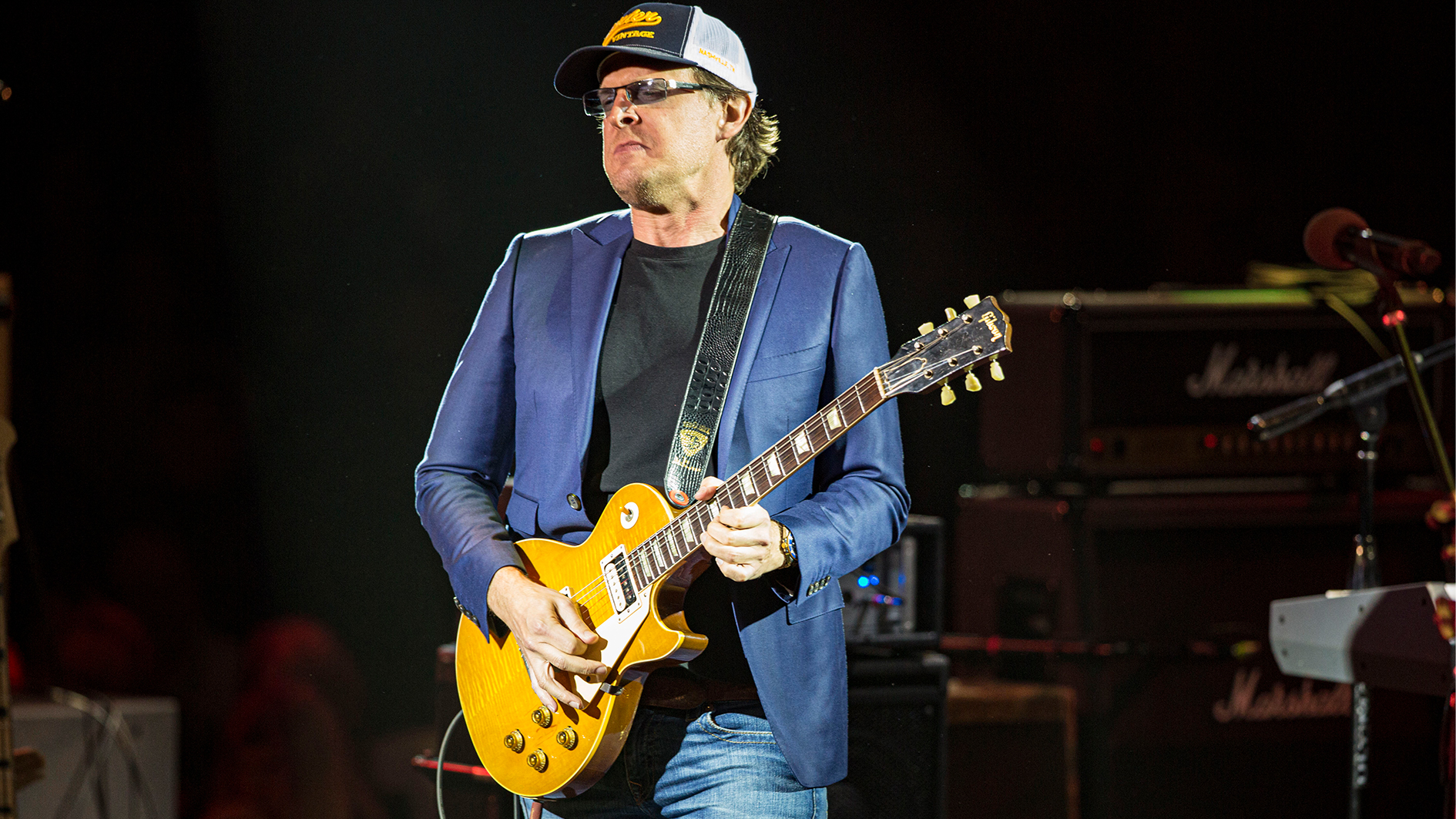
Had Joe Bonamassa done nothing over the past decade other than function as the 21st century six-stringer most responsible for keeping the blues alive (he even has his own annual cruise named exactly that), it’d be enough to land him on this list.
But beyond the actual playing, which fuses a mastery of blues tradition with a no-holds-barred, rip-a-million-notes-as-fast-as-you-can exuberance, there’s also his guitar-intensive Instagram account, which has become the de facto gathering spot for gearheads, and, well, the incredible, drool-worthy gear itself.
Suffice it to say, JoBo’s massive collection has been well chronicled in these pages. But he’s also sharing the wealth - this year alone he collaborated with Fender to produce the ’59 Twin Amp JB Edition and hinted that a Custom Shop replica of his ’51 Nocaster is on the way.
“He’s immensely popular and has a new piece of signature gear every 3.6666667 hours,” says Guitar World editor-in-chief Damian Fanelli. “That’s the dream of every guitarist - young, old, up-and-coming, down-and-going, YouTube-based or London Tube station-based.”
7. Guthrie Govan

Known to avid Guitar World readers as “Professor Shred,” Guthrie Govan is one of the most mind-blowing and versatile players on the scene today, with a ridiculously fast and fluid technique that zigzags seamlessly between high-concept prog-rock, full-on shred, jazz-fusion, blues, jam, slide, funk, heavily effected bizarre excursions, and pretty much every other style known to man and beast.
And he does it all - whether with his instrumental trio the Aristocrats, as a solo act or guest artist or even while conducting one of his globetrotting guitar masterclasses - with an unparalleled technical mastery and idiosyncratic whimsiness that recalls Vai at his Zappa-iest. A unique, and largely unequalled, talent.
8. Polyphia
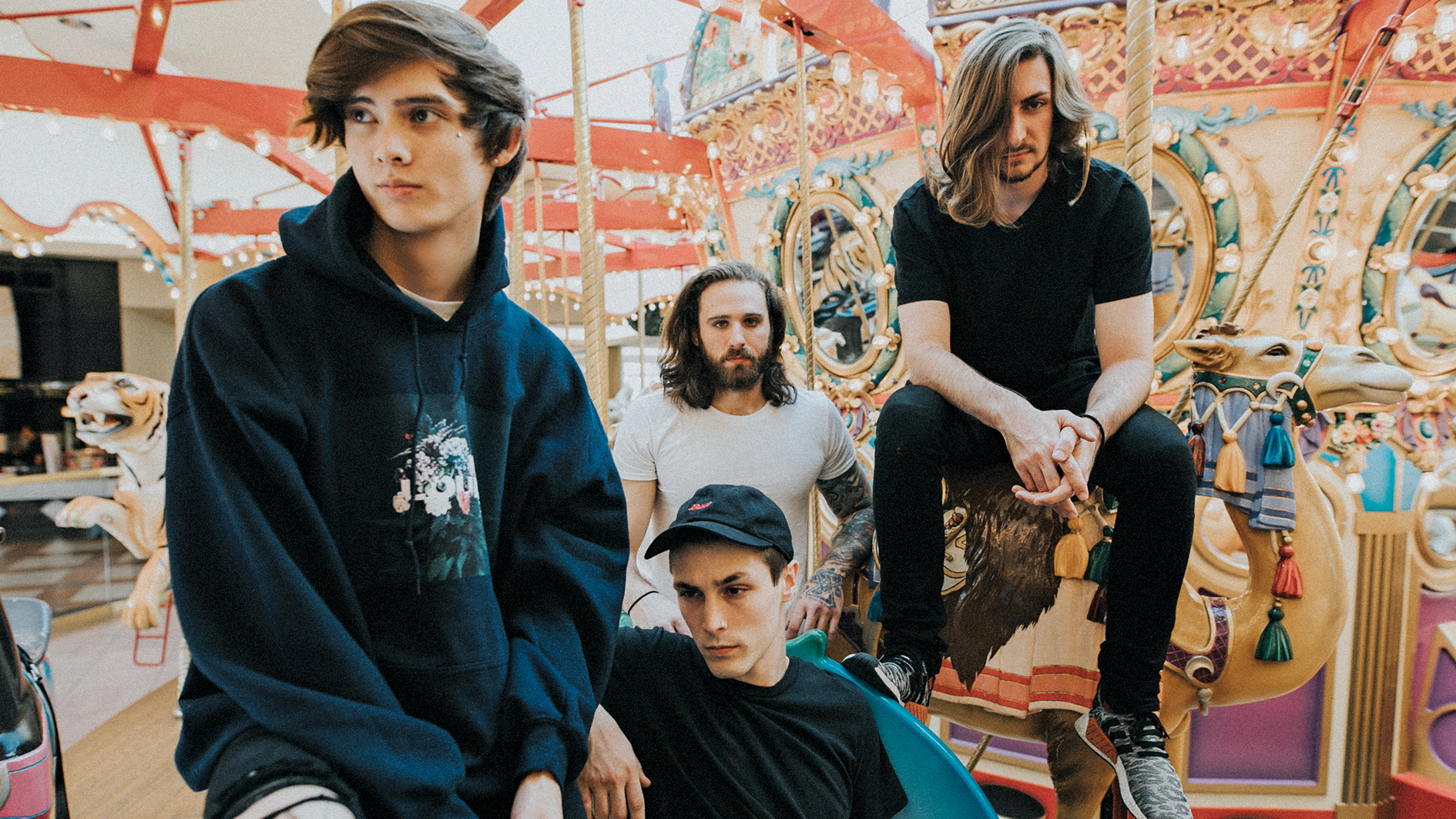
Polyphia are quite possibly the most controversial act in modern shred, which is hardly surprising given the fact that, alongside devastating guitar chops, they boast boy-band good looks, a jokey (or is it?) arrogance and a serious pop music jones.
The only way to keep shred alive was to kill it and bring it back to life our own way
Scott LePage
But love ’em or hate ’em, you can’t deny that the Dallas-based four piece has turned the genre on its ear. Guitarists Tim Henson and Scott LePage use their Ibanez THBB10 and SLM10 signature six-strings (respectively) to fuse ridiculous technique with EDM, funk, hip-hop and other sounds, and in the process, um, shred apart the very idea of what constitutes rock guitar in the 21st century.
As LePage explained to us, “The only way to keep shred alive was to kill it and bring it back to life our own way.”
“If I were a kid, we would be my favorite band. That’s how cool our music is," Henson adds
9. Mateus Asato

Over the past few years, Mateus Asato has become one of the most talked-about young guitarists on the scene - which is saying a lot, given that the Brazilian-born, L.A.-based wunderkind has yet to officially release an album.
He is, however, a social media master, with an Instagram follower count that makes him something of the Kim Kardashian of instrumental guitar.
How does he do it? By consistently posting short, engrossing videos displaying his dazzling technique in a variety of styles, from funk to fingerpicking to full-on shred. He also tours on his own and as a member of pop artist Tori Kelly’s band, and even has his own Suhr signature guitar (“the pink [model] is the one that sells the most,” he tells us).
And he has fans in high places - among them John Mayer, who said of Asato, “he’s one of the best guitar players around and his stage is Instagram.” And how do we know Mayer said this? We watched it on Asato’s Instagram, of course.
10. John Mayer

Ten years ago, John Mayer seemed comfortably ensconced in pop-music pinup territory. But the singer-songwriter and guitarist spent much of the past decade reasserting his quite prodigious six-string chops, both on his own records and, most prominently, as head noodler with Dead & Company, where he’s maybe the best Jerry Garcia since Jerry himself - no small compliment for a role that has also been filled by Trey Anastasio and Warren Haynes.
What’s more, he’s a major presence in the gear world, in particular with his highly controversial (but overall spectacular) PRS Silver Sky signature guitar, and also causing a recent stir just by weighing in on the relative pros and cons of modern digital modeling technology.
In short, the guy is full of surprises, even if, as he told us, “my path is straight - bone straight. I’m not going to worry if my ‘radio transmission’ gets misinterpreted as much as I need to worry about my path being correct.”
11. Jason Richardson
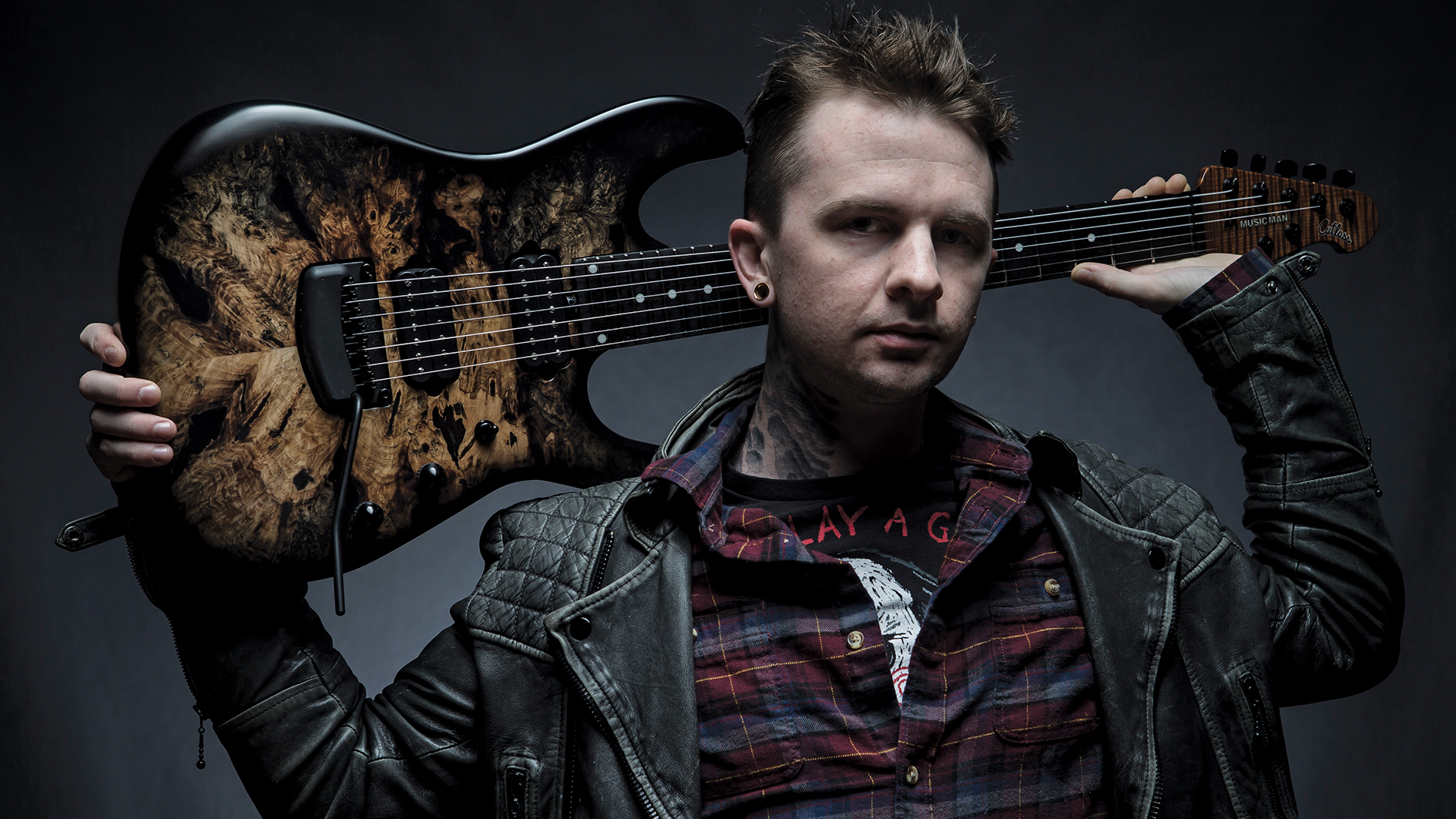
Jason Richardson is representative of the new generation of shredders - players who are as comfortable on seven and eight strings as they are on six, who are as respected for their YouTube videos as for their recorded music, and who are rooted in metal but, having grown up in a streaming world, are not bound to any one genre.
What makes Richardson stand out among his peers is that, well, he just does it all a little bit better. The 27-year-old solo artist and All That Remains guitarist plays insanely technical and blindingly fast runs with a precision and cleanliness that is practically superhuman, and he now does it on his own Ernie Ball Music Man Cutlass seven-string, putting him in a stable of signature artists alongside his biggest influence, John Petrucci.
Best of all, says GW tech editor Paul Riario, “he’s actually musical when playing at breakneck speeds. For a young gun, and for those who dig instrumental guitar, he’s the guy to aspire to.”
12. St. Vincent
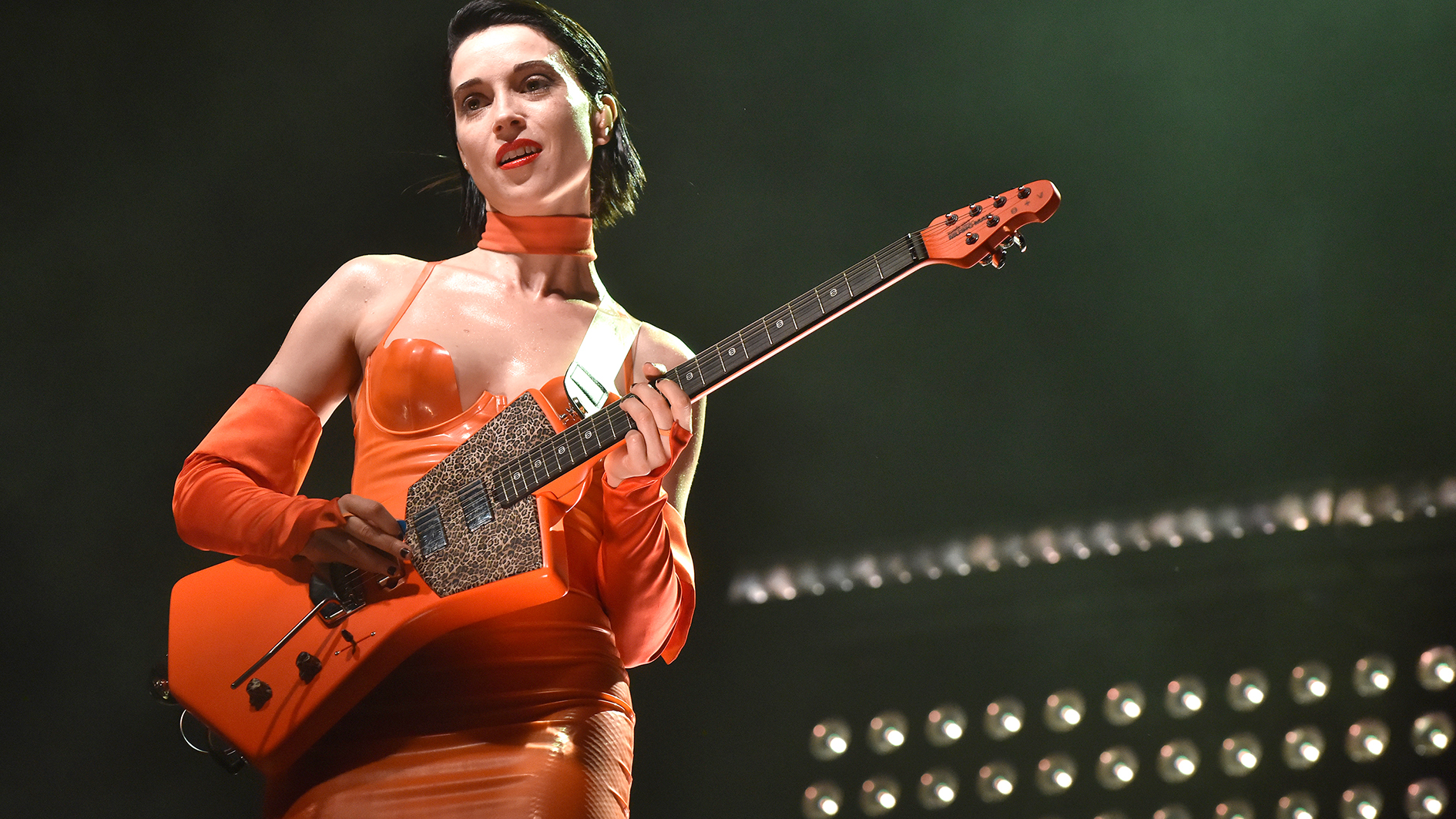
As St. Vincent, Annie Clark conjures some of modern music’s most extreme and unearthly sounds out of a guitar - even if, half the time, it’s hard to tell if what we’re hearing is a guitar at all.
In Clark’s hands, the instrument yelps, roars, writhes, growls, warbles, squeals and rumbles; it erupts in shards of spiky dissonance one moment and folds in on itself in modulated agony (or ecstasy?) the next. That otherworldliness extends to her instrument — the unusually shaped and uniquely appointed Ernie Ball Music Man St. Vincent Signature.
Like Clark, the guitar was initially regarded as a curiosity but now commands a legion of admirers. Indeed, though pop and avant-garde would seem to be styles at cross-purposes, Clark appears to be leading the way toward the future of both. “I think we’re wide-open for art right now,” she told us. “Things are wide-open for players, too.”
13. Synyster Gates
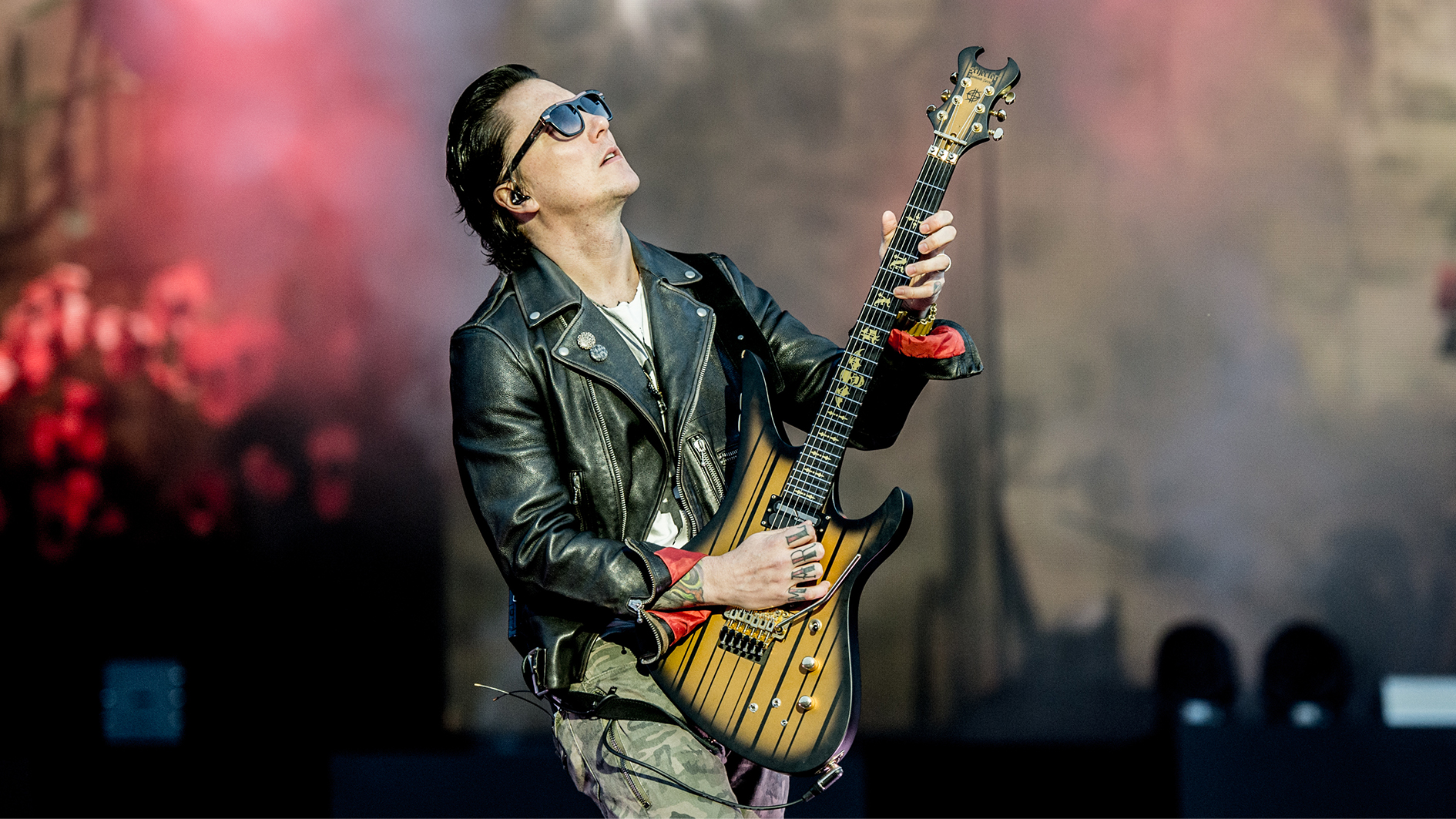
Synyster Gates is about as metal as they come - he does, after all, call himself Synyster Gates and play a somewhat evil-looking Schecter Synyster Custom guitar. But while the Avenged Sevenfold axeman shreds with deadly speed and constructs dizzying sweeps and dual harmony lines, he’s hardly your average metal player.
Pushing the guitar envelope is literally everything to me now. If I’ve done it before, it doesn’t interest me
Synyster Gates
He has a lifelong love for, and seemingly encyclopedic knowledge of, jazz and fusion styles (“When I was 18 and wanting to play shit way over everybody’s head, [Barney] Kessel was my guy,” he once told GW), and also a fearlessness when it comes to pushing the limits of his style - he defined A7X’s most recent album, The Stage, as “Star Wars on metal steroids.”
More recently, he has discussed working on his rasgueado technique and said that he’ll one day record a jazz solo album. Pushing the guitar envelope, he told us, is “literally everything to me now. If I’ve done it before, it doesn’t interest me.”
14. Kiko Loureiro

Megadeth’s most recent album, Dystopia, was, from a guitar standpoint, their best and most thrilling effort in at least a decade… and maybe even two.
And this was due in no small part to the addition of lead shredder Kiko Louriero, who brought an energized and utterly unique approach - precision-picked, incredibly fast and fluid licks studded with unusual phrasings, exotic scales and expressive note bends - to the legendary thrash band’s sound.
Loureiro, who’s adept at acoustic and nylon-string playing, and dabbles in jazz, bossa nova, samba and other music styles, had been doing this sort of thing for decades with Brazilian metal act Angra. But it took his joining up with Dave Mustaine and co. to make the guitar world at large stand up and take notice of his work, which, as Mustaine told us, “is the kind of stuff that makes guitar players weep.”
15. Misha Mansoor
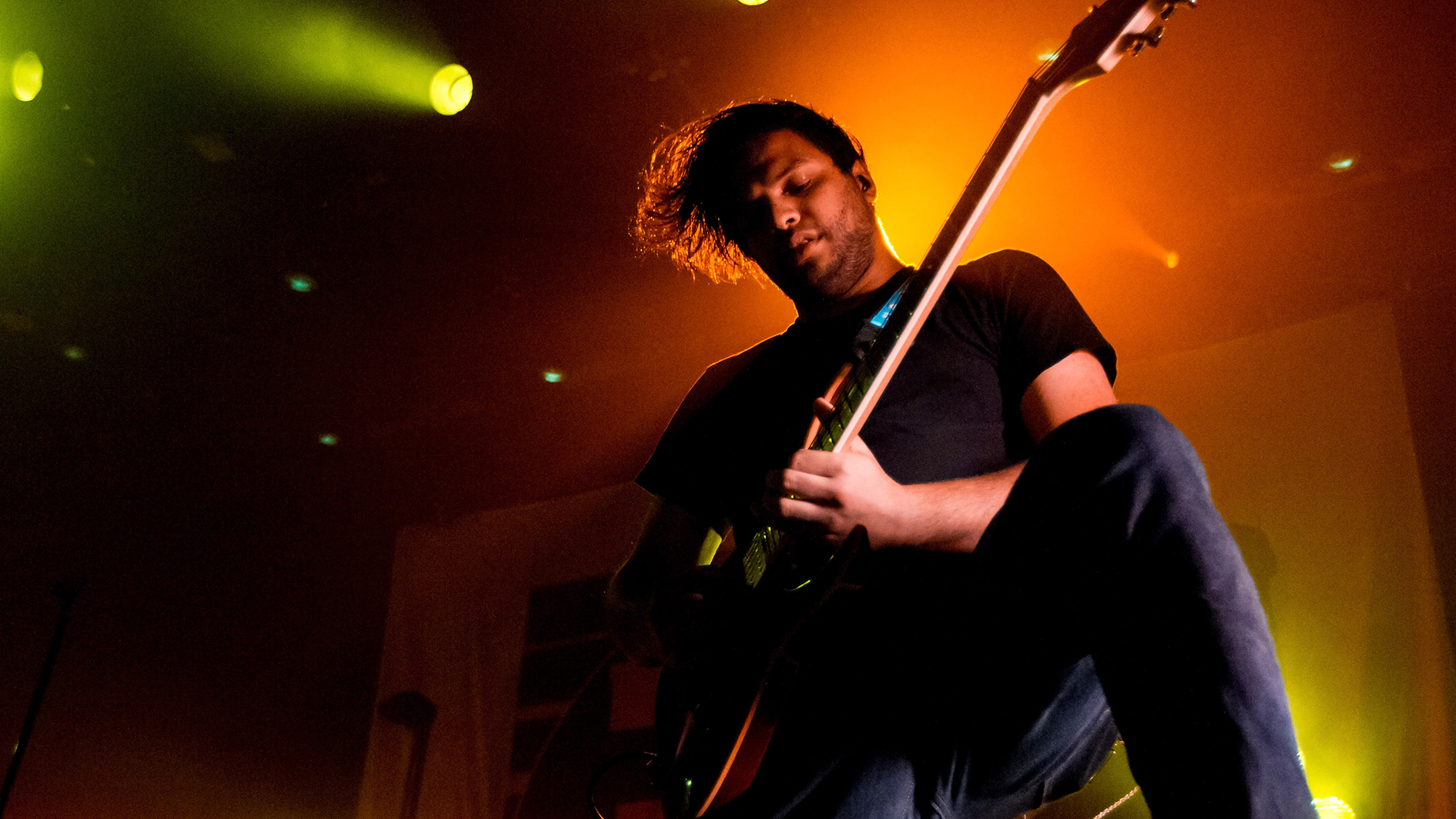
Misha Mansoor is such a fixture on the shred scene that it’s hard to believe Periphery’s debut album only came out a decade ago.
Since then, the guitarist-songwriter-producer-programmer-gearhead (he currently has signature Jackson guitars and Bare Knuckle pickups, as well as his own company, Horizon Devices) has played a major role in shaping the sound of modern progressive metal.
If you hear a band playing techy, heavily processed shred that is alternately thrashy, glitchy, poppy and atmospheric, and doing it on seven and eight-string guitars, chances are they’ve cued up a Periphery record at one time or another.
And then there’s that whole “djent” thing. Mansoor insists he didn’t coin the phrase - and he may just be telling the truth - but it’s quite likely that without him, the style probably wouldn’t exist. And when was the last time you created an entire genre of music?
16. Derek Trucks

Trey Anastasio recently called Derek Trucks the “best guitar player on earth right now,” and many people would likely agree. He’s a peerless performer and improviser, and his stunning slide playing, full of wailing vocalisms and exotic micro-tonalities, is unlike anything else in modern music, rooted in blues and rock players like Elmore James and Duane Allman while also incorporating jazz, soul, Latin, Indian classical, sacred steel, qawwali and other far-reaching styles.
People want to hear guitarists just going for it, dedicating their lives to their art and trying to do something great
Derek Trucks
While Trucks has been playing professionally for a good quarter-century (even if he’s only 40), his work over the past decade has seen him come into his own, wrapping up his tenure with the Allman Brothers and launching the stylistically adventurous Tedeschi Trucks Band with his wife, singer Susan Tedeschi.
“I think people are really craving to hear someone swinging for the fences,” he told GW earlier this year. “They want to hear people just going for it, dedicating their lives to their art and trying to do something great.”
17. Joe Satriani
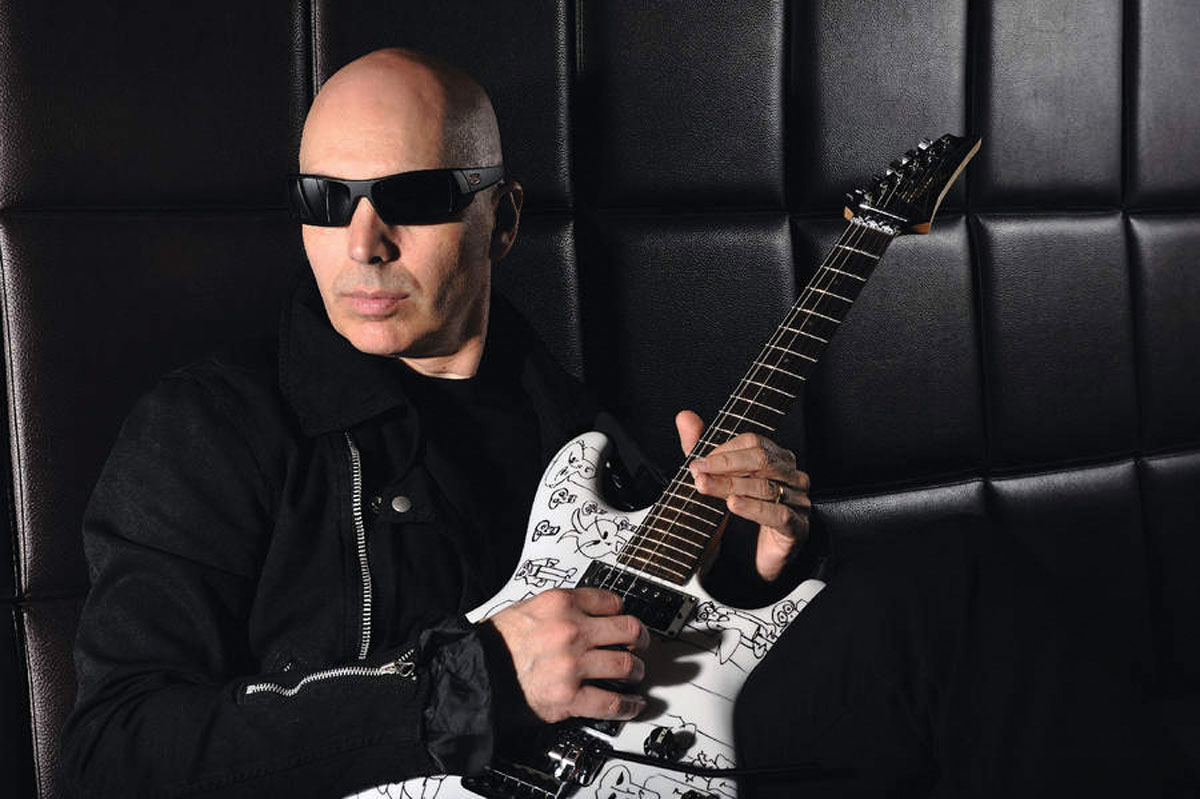
Joe Satriani has been such a consistent and constant presence in the rock guitar world for the past 35 years that we almost take him for granted at this point. But his output over the last decade has been, like the rest of his career, extraordinary and envelope-pushing - from the brain-twisting, alien-like Shockwave Supernova to the more earthy and groove-heavy What Happens Next.
Then there’s the Experience Hendrix tours, the G3 outings and G4 Experience camps, as well as the myriad signature gear, which continues to push out into new realms (the single-coil DiMarzio Satch Track, for one).
To be sure, wherever Satch goes, melody and a bit of madness is sure to follow. He might be an elder shred statesman but, as he told us, “I’m astonished at the brilliance coming from the new generation of guitarists all around the world. Even so, I’m still going to push that envelope every day!”
18. Eric Gales
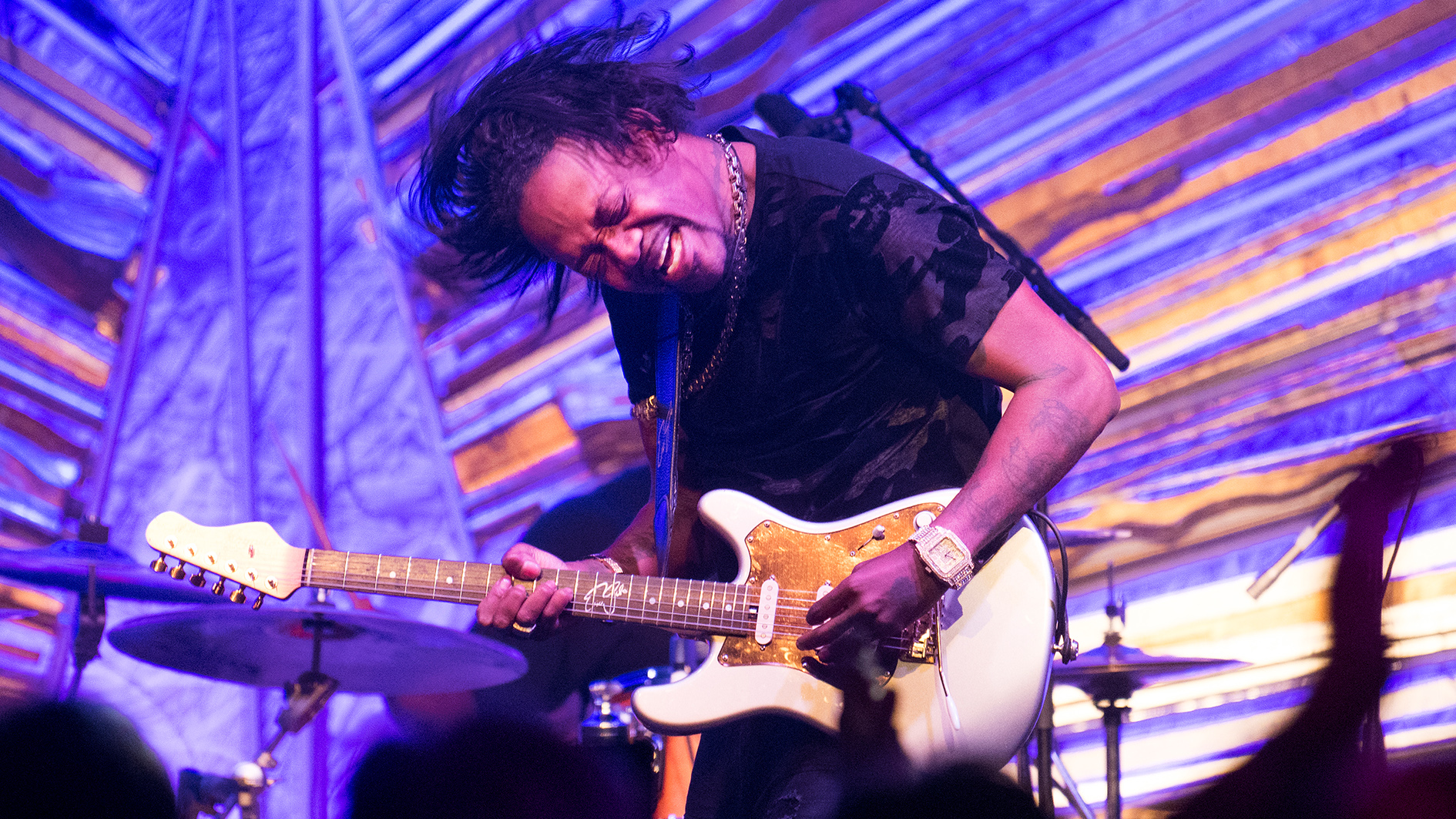
If you were a GW fan way back in the early Nineties, you might have recalled reading about a young lefty blues phenom named Eric Gales… and then didn’t hear or see much about him for a long time.
When I’m playing, it’s a vast emotion of everything - of shit that I’ve been through, of shit I’ve overcome
Eric Gales
But in the last few years Gales, who experienced a run of professional and personal hardship, came back in a big, big way. Artists ranging from Dave Navarro to Joe Bonamassa (who has an album with Gales in the works) to Mark Tremonti have used phrases like “the best guitarist in blues rock” and “the ultimate head-cutter” to describe him.
Gales’ playing onstage and on recordings like the recent The Bookends bears this out, mixing blues, rock, soul, r&b, hip hop and funk together in an impassioned, incendiary and incredibly raw style. “When I’m playing, it’s a vast emotion of everything - of shit that I’ve been through, of shit I’ve overcome,” Gales has said. “It’s power that’s coming through me.”
19. Trey Anastasio
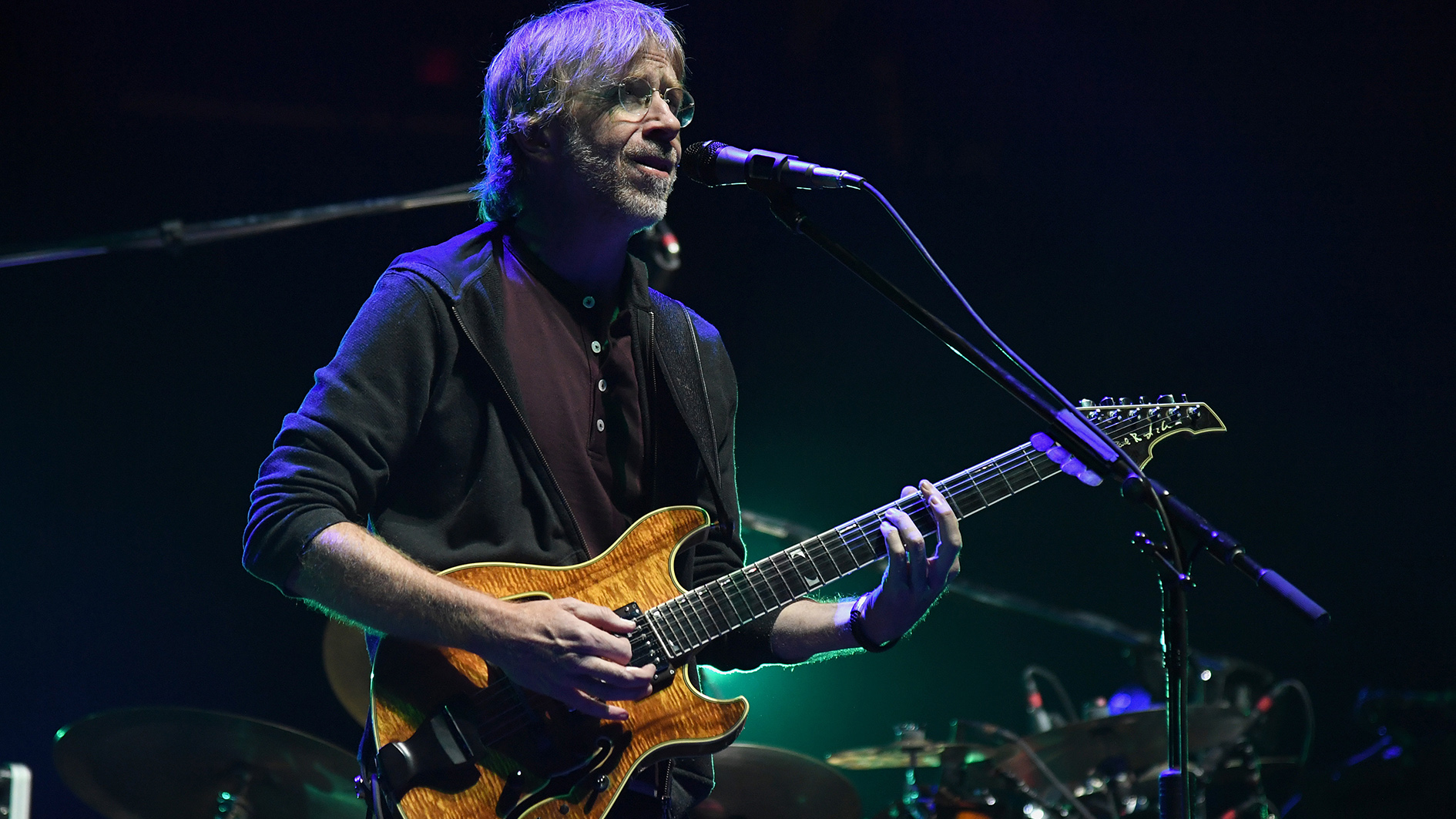
The legend of Trey Anastasio has been rock-solid for decades now, but since Phish reunited roughly 10 years ago, it has, just like the band’s rabid audiences, only grown in size.
Phish’s past decade has seen Anastasio, ever-present Languedoc in hand, playing some of the most inventive, elastic and boundary-pushing improvisatory guitar of his long career, and that’s in addition to his stellar work with his own Trey Anastasio Band, the recent Ghosts of the Forest project and with the Grateful Dead for their monumental Fare Thee Well 50th anniversary shows.
For Anastasio, the key to what GW contributor Alan Paul calls his “restless creativity” on the guitar is simple: “The more you play, the better you are,” Trey told us. “The best players play all the time, because it goes away so fast.”
20. Steve Vai
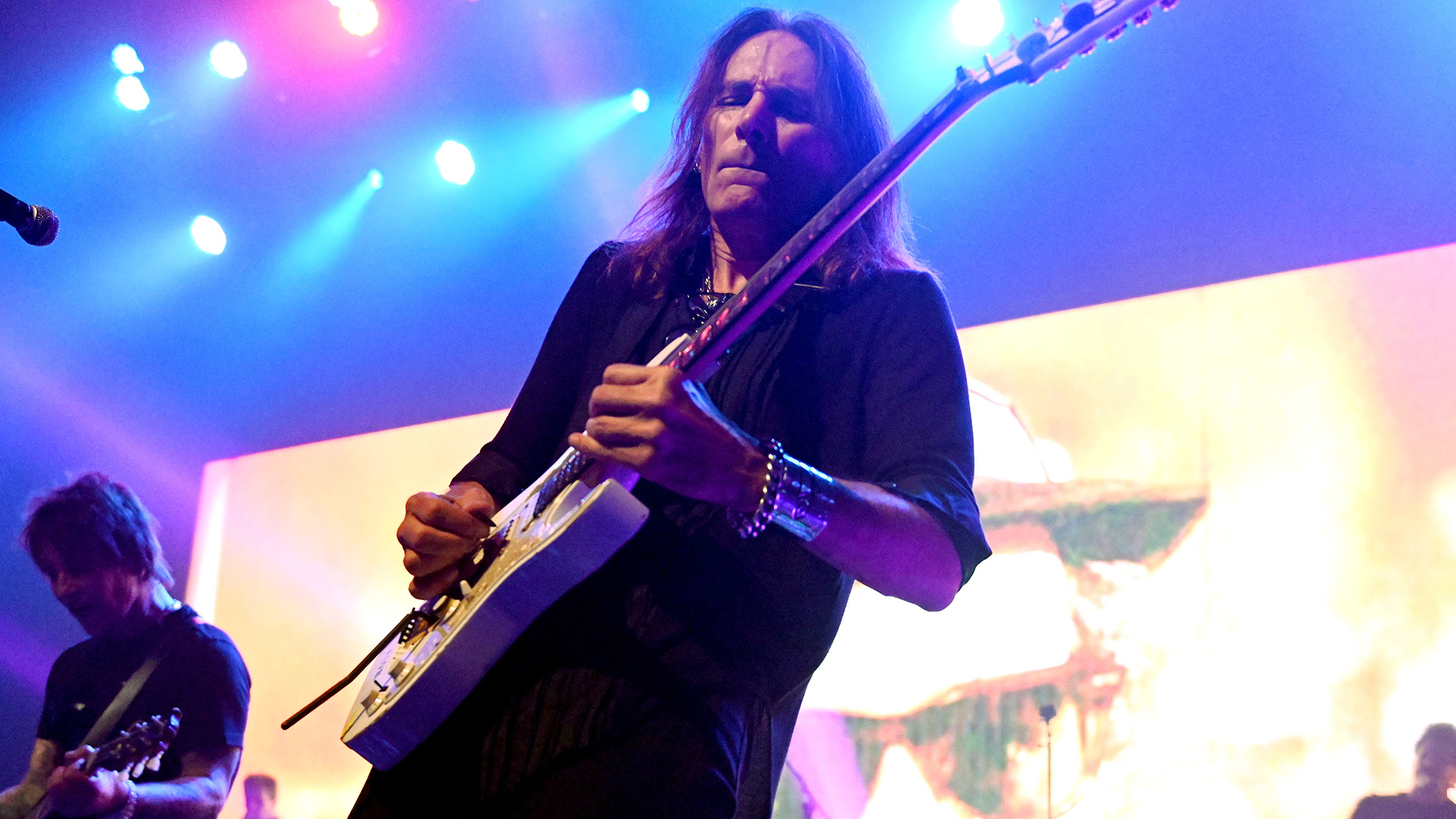
Even though Vai released only one official studio album this past decade, he was still (is he ever not?) a dominant presence on the guitar landscape.
Believe me, I love to have fun, except I do it a little differently than most people
Steve Vai
In addition to his own mind-bogglingly absurdist and accomplished live performing, there was, among much, much more, his ongoing Vai Academy camps, his digital library cataloging every single guitar he has ever owned (including a plethora of Ibanez Jems and “pre-Jems”), his music theory book, Vaideology, and his spearheading of the awesome Generation Axe tour, which, thanks to Vai, made it possible for us mere mortals to witness Steve, Yngwie, Nuno, Zakk and Tosin stand toe-to-toe and shred through a Boston song.
We’d say that’s every guitar fan’s dream, but, really, who would have ever even dreamed of such a thing? Vai, of course. “I’m serious about what I do,” he explained to Guitar World. “But believe me, I love to have fun, except I do it a little differently than most people.”
Rich is the co-author of the best-selling Nöthin' But a Good Time: The Uncensored History of the '80s Hard Rock Explosion. He is also a recording and performing musician, and a former editor of Guitar World magazine and executive editor of Guitar Aficionado magazine. He has authored several additional books, among them Kurt Cobain: Montage of Heck, the companion to the documentary of the same name.
“I just learned them from the records. I don’t read tabs or anything, I don’t read music – I learned by ear”: How a teenage Muireann Bradley put a cover of Blind Blake’s Police Dog Blues on YouTube and became a standard bearer for country blues
“The Strat was about as ‘out’ as you could get. If you didn’t have a Floyd Rose, it was like, ‘what are you doing?’”: In the eye of the Superstrat hurricane, Yngwie Malmsteen held true to the original










